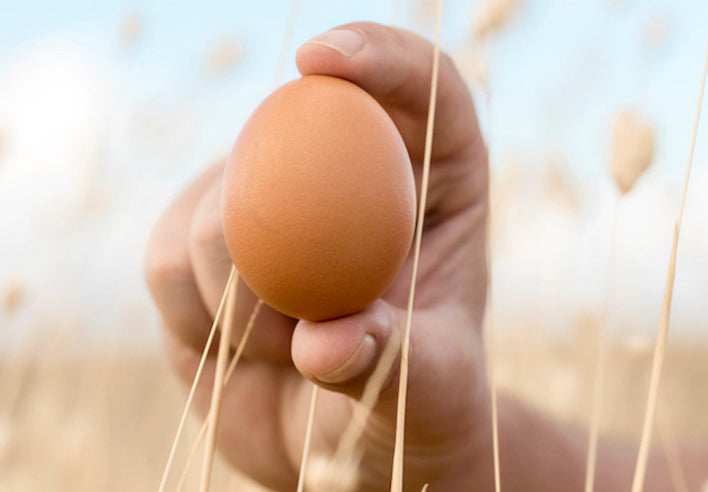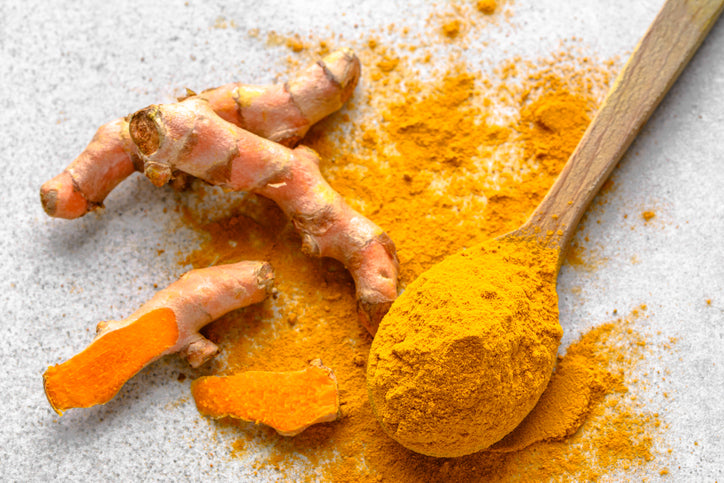Turmeric – Rooted in Tradition and Growing in Popularity
Turmeric (Curcuma longa), and curcumin (diferuloylmethane) derived from it, are promoted widely in today’s natural food supplements industry. The turmeric rhizome has been used for thousands of years, as a mainstay in cultural, religious and culinary traditions as well as for its healing properties.
Originally found growing in the Indian subcontinent, its cultivation has spread throughout south and southeast Asia and even into Africa, with India and Thailand each growing over 40 species of the herb. More recently, it is being grown in Caribbean islands and Central America. India is the largest consumer, producer and exporter of turmeric rhizomes, essential oils, oleoresins and preparations.
Cultural and religious uses
Turmeric’s golden orange color made it valuable in primitive cultures for decorating ceremonial masks, coloring weaving materials, and drawing deities. This is believed to be the primary reason for its initial cultivation when tribes transitioned to agricultural communities. To this day, it continues to be used in some folklore art forms.
Turmeric was used in offerings to deities or spiritual ancestors, particularly in worshipping the divine mother or goddess, and it is still used as an offering to the goddess in Sakthi worship. Sometimes idols were bathed in it, and sometimes it was used in rituals seeking to improve the productivity and quality of turmeric harvests, as it was and still is an important cash crop.
Hindus regard it as a substance of purity and have used it in religious and cultural ceremonies related to every major life transition, from birth to marriage and death. Mixed with a fat to form a paste, it is used to anoint babies and brides, and brides may wear necklaces of the plant to encourage a long and happy married life. Some people have applied a turmeric-based paste to their bodies daily, to protect themselves from enemies and promote longevity. Due to its natural transition from bright orange to blood red when mixed with lime or alkali, it has also been used as a magic symbol.
Culinary and cosmetic uses
In the Indian subcontinent, known as “yellow curry powder,” turmeric is used as a food colorant, spice and preservative. The dried and ground rhizomes produce a distinctive earthy fragrance and flavor.
Turmeric is incorporated into teas and spice blends, specifically curry, and it is used in the food industry as a spice and colorant. Yellow rice is a staple in the eastern Indonesian islands. In Thailand, they prefer to use freshly grated turmeric.
Its use as a colorant made it popular in dying paper, wood, fabric and cosmetics. The golden yellow robes worn by Thai Buddhist monks owe their beautiful color to turmeric.
Use in healing traditions
Turmeric has been used for thousands of years as a healing herb in Indian (Ayurvedic, Siddha and Unani) and Eastern Asian (Chinese, Japanese, Kampo and Korean) traditions. References to its use have been discovered in Ayurvedic texts from 2500 years ago.
Traditional healing uses of turmeric include both topical applications (combined with an oil and used on wounds and other skin problems) and ingested, as a tea or dried herb. The list of health conditions it has been recommended for is wide-ranging, and the healing properties attributed to it are extensive.
Production and sustainability concerns
The rising interest in Ayurvedic and Chinese healing traditions, along with promotion from the natural supplement industry, created a burgeoning market for turmeric. Among the concerns this raises are quality and sustainability.
As mentioned above, many varieties of turmeric are being grown, which means that the turmeric available on the market may not all offer identical properties or be of the same quality.
Likewise, not all suppliers have the same level of concern about how the herbs are grown – whether they are subject to pesticides or cultivated organically, whether they are sustainably grown and harvested, and whether workers are treated humanely or as virtual slave labor.
As we learn more and care more about what we put in our bodies, the growing conditions of the herbs we use to support our health and achieve balance have to be seriously considered.
In our next blog, we will continue our discussion of turmeric, focusing on curcumin, curcuminoids and metabolites. The quality of these elements may vary greatly in natural food supplements, with significant impact on the level of benefits gained through their use. Learn more about Redd Remedies turmeric product Curcumin C3.
Related Posts


